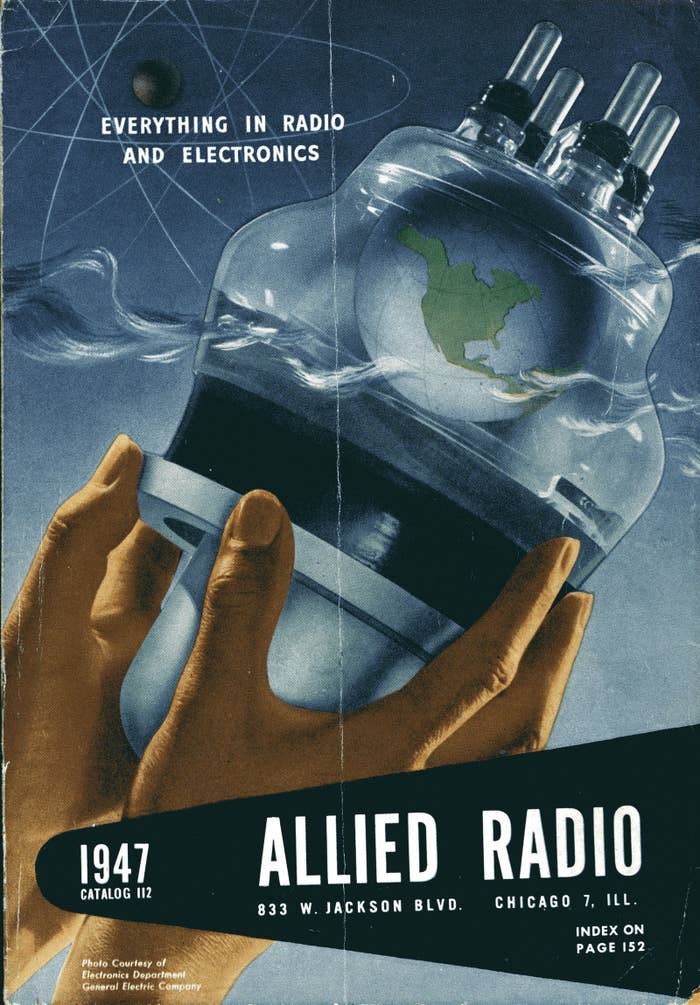
At the dawn of electronic era, in the mid-20th century, artists and advertisers faced a new challenge — illustrating the unseeable world of the electron.
“Everyone knew electronics were changing the world, but artists had to explain and visualize those changes,” Megan Prelinger, author of this year’s Inside the Machine: Art and Invention in the Electronic Age, told BuzzFeed News. “And companies had to sell them.”
When radio, television, and computers came on the scene, old-fashioned advertising — typically a slogan and a line drawing of a light bulb or radio — just wasn’t up to the task of explaining, or at least celebrating, the vacuum tubes, transistors, and printed circuits that powered those inventions.
But a more modern and abstract style of marketing emerged in the 1940s. The 1942 “Earth Bulb” image above, for example, bottled the Earth inside the triode tube that was opening up the new world of FM radio transmission. “Modern art was what artists turned to, to show what couldn’t be seen,” Prelinger said.
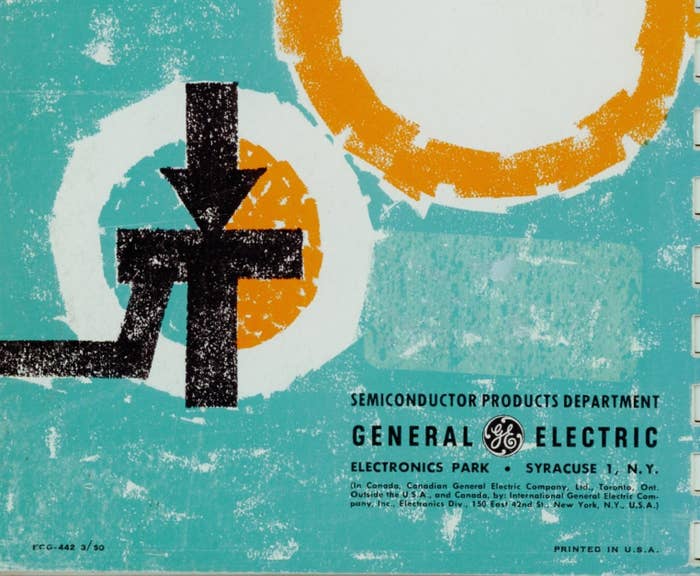
Invented in 1948, the tiny transistor amplified electrical signals, making circuitry cheap and reliable for the first time. And Prelinger noted, the transistor also made electronics “small, cool, personal, and efficient.”
Portable radios and car radios suddenly sprouted everywhere, and firms such as Texas Instruments struggled to explain how tiny transistors boosted radio signals. Ad-firm artists turned to the transistor symbol — a “T” crowned with an arrow and sprouting a tail — invented by engineers to design circuits. The transistor depiction above, for example, was taken from the back cover of a electronics handbook published in 1960.
“Both modern art and engineering were responding to technology becoming part of everyday life, and so maybe it is not surprising they came together,” Prelinger said.
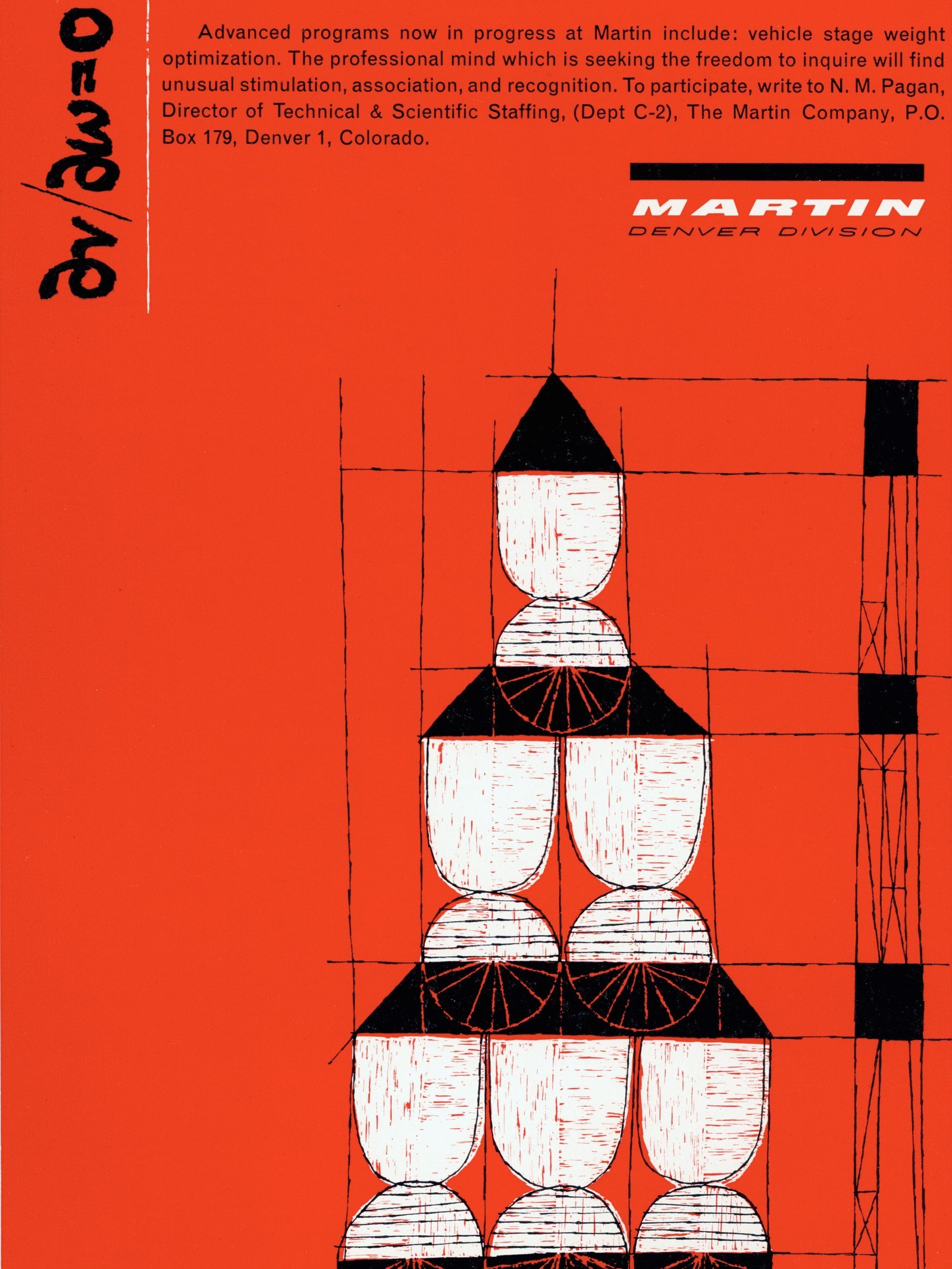
Abstract art also popularized the moon race in ads, depicting one of the era’s signature technologies: space rockets. In ads for radios, computers, and other electronics, the cylinders and cones of spacecraft circled ball-like planets, following elliptical orbits on imagined journeys to other worlds.
In a bid to look futuristic, recruiting ads for rocket firms and national labs turned widely to abstract artists to design posters and promotions. For example, the Martin Company (now Lockheed Martin) commissioned celebrated space artist Willi Baum to create the stylized rocket resembling a Japanese pagoda, seen above, in a 1961 hiring notice for engineers whose rather mundane job was to figure out how to to shave weight from spacecraft. The poster also included a calculus equation, another hallmark of the era.
NASA took an interest in art as well, asking children’s illustrator Paul Calle in 1963 to document astronaut training for the moon. Calle created the U.S. Postal Service’s commemorative stamp art celebrating Apollo 11’s first lunar landing.
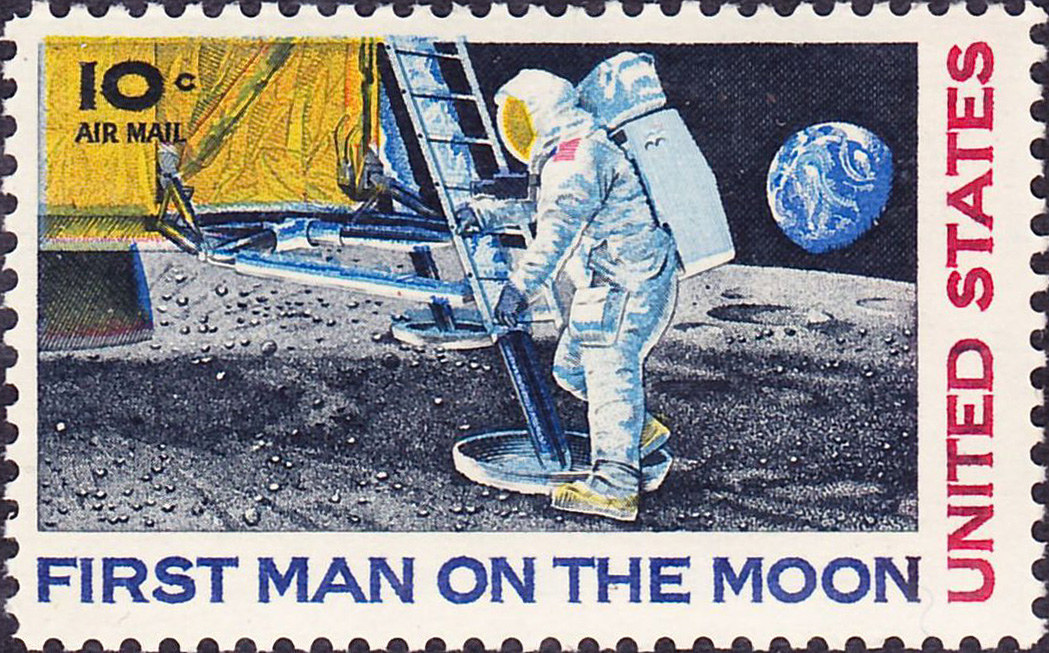
Later on, as computerization and the information age dawned, artists turned to numbers and symbols to explain programming and the inner workings of electronics.
Taking a cue from graphic designers, they looked to “found” art — clipped from textbooks, studies, and shop manuals — to create mash-ups of numbers and symbols, according to Prelinger. Artists also took inspiration from Swiss designs that strung different text fonts along grids in displays.
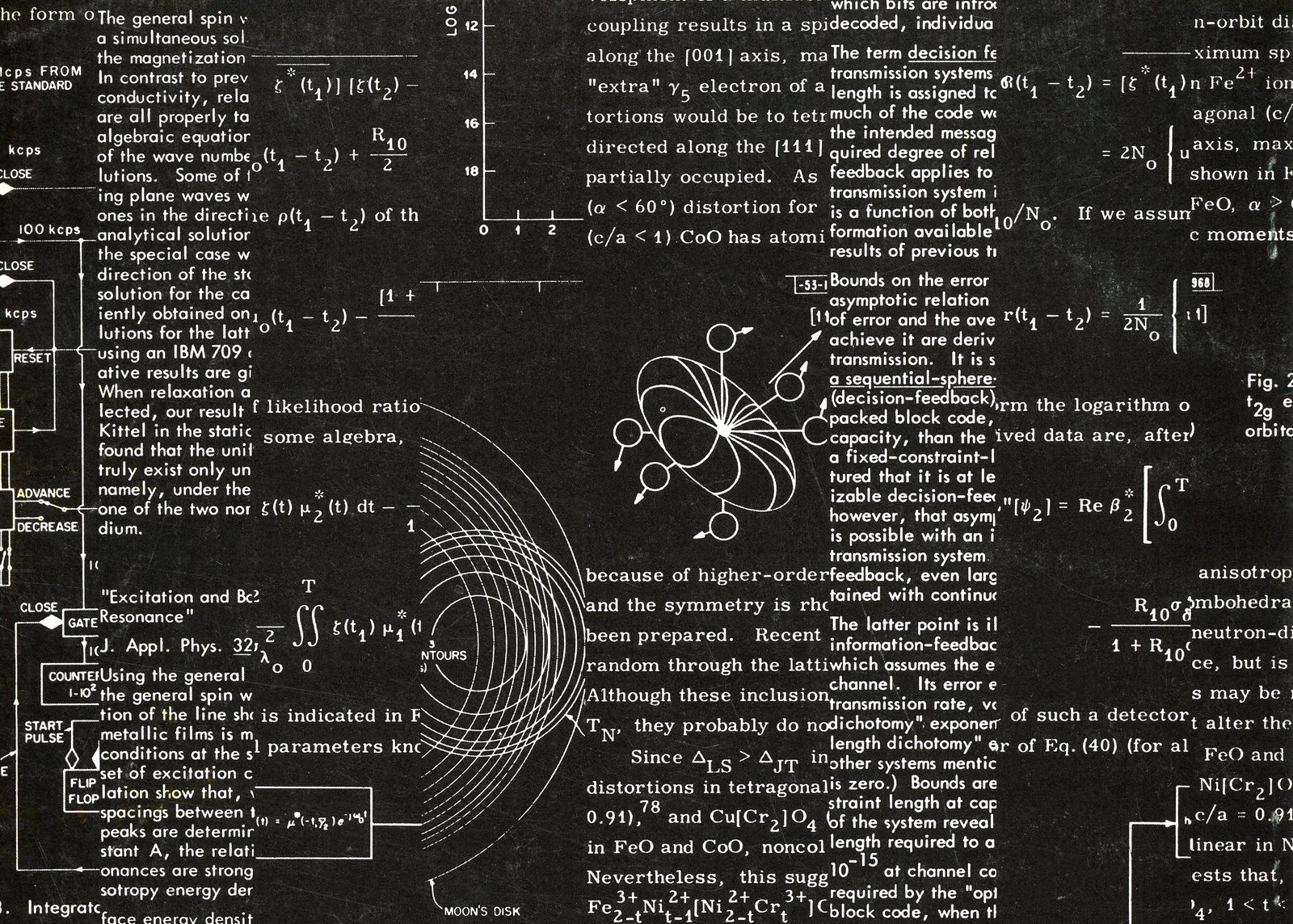
In the 1963 recruiting poster for MIT’s Lincoln Laboratory shown above, for example, artist Jacqueline Casey mixed and matched elements from nine scientific papers.
“A lot of this art filtered out, starting in trade publications and then into advertising that a broad swath of the public saw,” Prelinger said. “We see a lot of the art from this time still influential today.”

Cybernetics, the merger of man and machine, also influenced the art of the electronic era in ways that are still familiar. As transistors made hearing aids possible, words like “cyborg,” “bionics,” and “artificial intelligence” migrated into popular awareness.
Graphic artists reached for old-fashioned representational art depicting the human body and mixed it with the graphics and symbols of the electronic era, Prelinger said. A collage like the one shown in detail above, taken from the 1959 cover of an Institute of Radio Engineers report on medical technology, exemplifies the trend.
Cutaways of human skulls with computer parts or symbols replacing the brain also became particularly popular, Prelinger said.
As modern art became postmodern, and computers went from the mainframe to the “cloud,” depictions of technology in ads have drifted away from showing the physical devices themselves. Photography has replaced drawings to depict the real world.
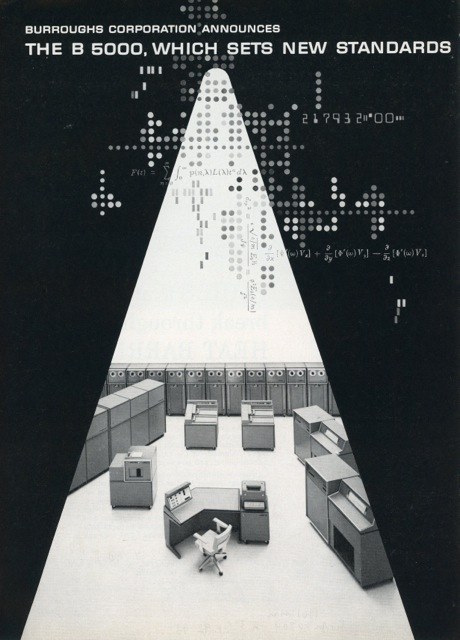
But some technology fans, particularly those in today’s “do-it-yourself” movement, have reacted against this removal, Prelinger said. Their retrofuturism hearkens back to the days of amateur radio, vinyl records, and vacuum tubes. “This is where art meets electronics with an enthusiasm that again moves in the direction of the future.”
